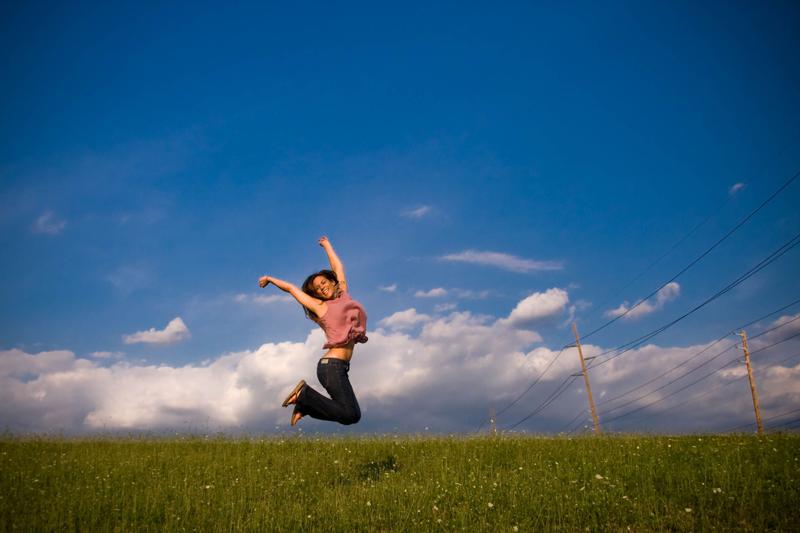 If you carefully consider the many elements that need to be created and optimised within the overall design of a website you will soon discover that there are dozens of them. These include the colours and the fonts, the layout, the creation of the content, ensuring all the coding functions correctly, making sure the website has security protocols in place, and the SEO, to name but a few.
If you carefully consider the many elements that need to be created and optimised within the overall design of a website you will soon discover that there are dozens of them. These include the colours and the fonts, the layout, the creation of the content, ensuring all the coding functions correctly, making sure the website has security protocols in place, and the SEO, to name but a few.
There are some elements of a website’s design that most people might take for granted and think that their importance is minimal to the success of that website. One such element is the images. These are often given little consideration and simply picked randomly for the mere reason that ‘a website should have images’.
However, if you were to seek the advice of a professional web design agency, you will soon learn that images can play a significant and positive role within a website, and rather than seeing them as an afterthought, they should actually be given very careful consideration.
Whilst images might not have the kudos of videos with regards to what content you have nor take the time to create that written blog posts might, nevertheless, it is important that due care and attention is given to them. By doing so, the images on your website can contribute with regards to enhancing the experience of visitors, help promote your brand, products, and services, enlighten those seeking information, boost your SEO, and give an otherwise dull website, some life.
As welcome as those benefits might be, they will only be realised if you plan, configure, and optimise your images and there are several ways in which this can be achieved. Read on, and you will discover 7 tips on how you can ensure that the images used within your website design are effective and contribute positively to your website’s success.
Select Images Which Are Relevant To Your Website
One of the problems which we encounter at Slinky Web Design when we provide tips and advice is that some people take it, and then go into overkill with regards to what we are suggesting. With that in mind, what we do not want anyone to do is to think that, because we are saying images can have a positive impact on a website’s performance, that they simply plaster every page with multiple and random images.
The key here is not the number of images you have but the quality of them, and more to the point, the relevancy of the images you use on your website. Each image should have a purpose and relate to other content within the page on which it appears. If it doesn’t and a visitor sees an image that seems completely out of context they can become somewhat confused and confusing your website’s visitors is a sure-fire way to have them click away.
So, by all means, use plenty of images on your website, but ensure they are relevant, not only to the overall theme of your website and the niche your business is in, but also to whatever else is in their vicinity on that individual page.
Use Unique Images Whenever You Can
One thing that should not be a problem for you is being able to source and find images to use on your website. There are dozens of websites online which offer images that are not only free of any copyright, but many of them are also free. On others, especially if you want higher quality images, there might be a small fee, either per individual image, or as a monthly subscription.
Whilst these are a great resource for finding images for your website, there is a caveat, and that is that the images you source from these sites are not exclusive to you. In other words, there is normally nothing to stop a business owner in your niche, including local competitors from using the same images or images as you.
Admittedly, this is unlikely, and please do not let this stop you from using these images. However, one way in which to eradicate this issue, or at least to minimise its effect, is to use as many original and unique images as you can. These can be as a result of hiring a professional photographer to take photographs, or, if your own camera or even smartphone can produce high-quality photographs, why not take the photographs yourself, and use them?
Mix Up The Types Of Images You Use
When designing a website the more variety you can provide visitors with respect to the content within that site, the better. It keeps them engaged, and means they are keener to click through to other pages as they are never sure what type of content they are going to see next.
This same principle applies to the images that you publish on your website. Instead of every single image being a colour photograph you should mix it up, provided the images remain relevant within the context of your website. For example, sepia photographs are not really conducive to a website about the latest electronic technology, however they might work on a website within the antique niche.
Example of different types of images are:
- Colour Photographs
- Black and White Photographs
- Sepia Photographs
- 3D Photographs
- Panoramic Photographs
- Banner Photographs
- Product Images
- Interactive Images
- Customer Images
- Infographics
- Pop Art
- Cartoons
- Illustrations
- Diagrams
- Logos
As you see there are plenty to choose from and provided each of them is used in the correct way, you should seek to have as great a variety of them as you can on your website.
Ensure You Have Images Of People
The first thing we see when we are born is usually a human face, and whether that is the face of our mother, our father, or the midwife, for some reason thereafter we seem programmed to find some kind of connection with any human face. This is why the top marketers and advertising agencies around the world default to promoting products using images of people.
With that principle in mind, you should seek to include as many images as possible within your website where there is a human face. These could be images of your staff on your ‘Meet The Team’ page, images of your products being used or demonstrated by people, images of customers, or images of those who have given you testimonials, you should try to include them all.
Promote Your Products And Services By Having Multiple Images Of Them
Presumably, you are hoping that your website is going to contribute in some way to increasing the number of customers and clients you have for your products and services. If so, there is no better way to further that cause than displaying images of your products and services on your website, but it must be done in an effective way.
Prospective clients often seek the advice of the team here at slinky web Design asking why their existing website is not working, and we immediately spot an issue when they only have one photograph of each specific product they have. When people buy in a retail store they often pick the item up and examine it from all angles. You can recreate that to a degree by having your products photographed from multiple angles, and publishing each of those images on its product page.
You can do likewise with services by possibly having a photograph to illustrate each major stage of the process, or if that does not apply, use multiple images of your team interacting with clients.
Reconfigure The Dimensions Of Your Images Where Necessary
When adding images to the design of your website there will instances where the dimensions of the original photograph mean that it is too large, too small, or out of proportion. If any of these occur then what you should do is edit the photo before uploading it, ensuring that there is zero diminishing of its clarity and resolution, especially if you increase its dimensions.
Another aspect to consider is the file size of the image. Remember that load speed is a critical issue, not just for SEO, but also for the user experience of those visiting your website, so whenever possible use image-editing software to reduce the file size of your images before uploading them to your website.
On the subject of editing photographs and images, do not be afraid to crop images to make them either the correct size for use on your website or to remove something captured on the photograph which is either irrelevant or unwanted, such as someone in the background making a silly face.
Configure Your Images For SEO
The final tip is relatively simple and that is to render your image for SEO. There are two ways to do so with the first being to name the original file with words that are relevant, so use a product name for an image of a product or the company name for an image of your business premises.
In addition, you want to add what is called ‘alt text’ when you add the image file to your website. This is simply a means of identifying what the image displays to the search engine bots when they scan your website as they cannot actually tell what an image is about. They can, however, read alt text and if you optimise your alt text with keywords it can help towards the search engines’ understanding of your website’s relevancy and ultimately to higher rankings.










